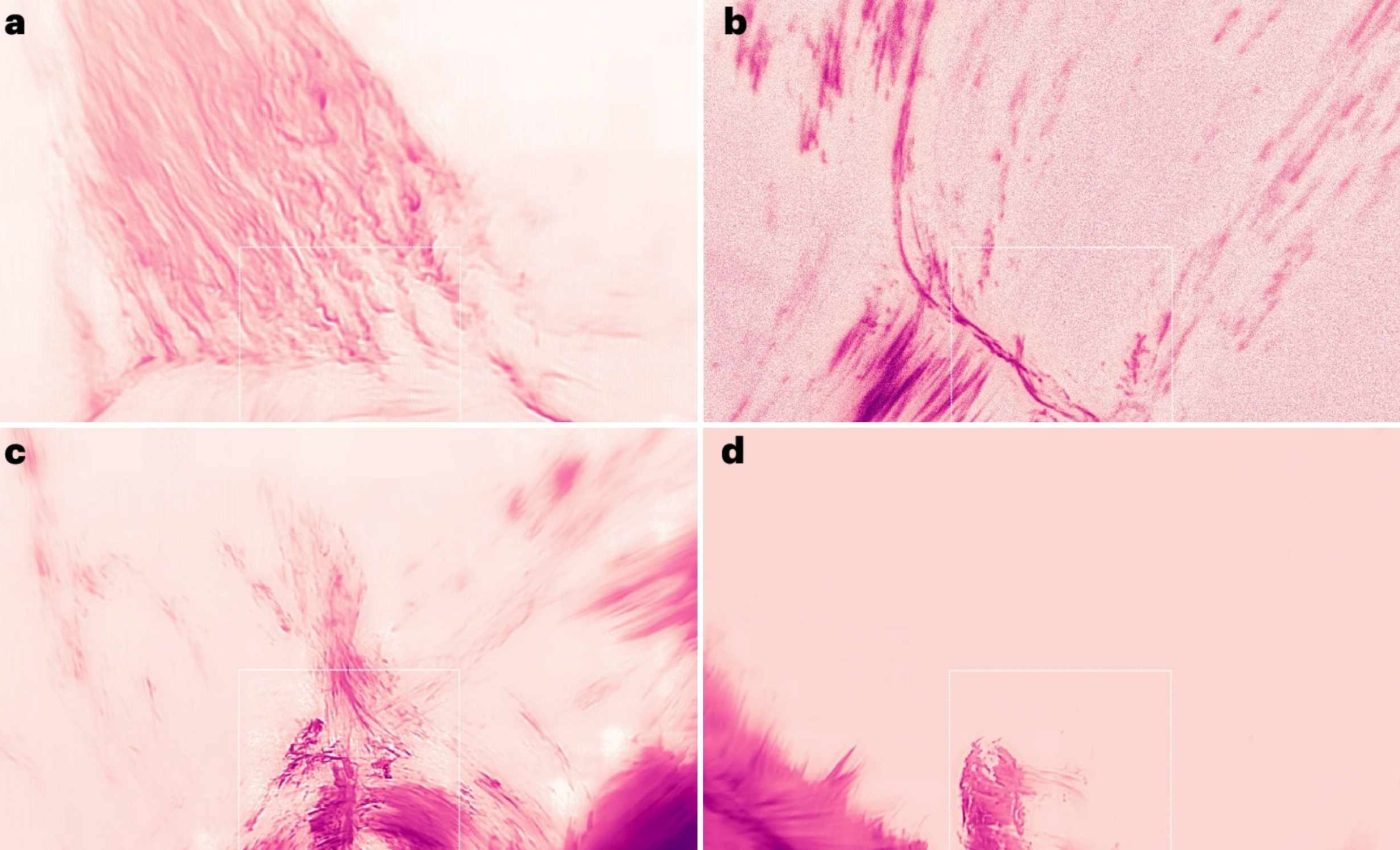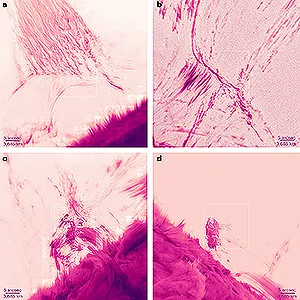
The sun as you've never seen it before: solar storms and eruptions in ultra-high definition
A new way of steadying telescopes has lifted the blur on the sun’s corona, giving scientists crisp, movie-like views of structures only dozens of miles across for the first time.
The system, called adaptive optics for the corona, reaches roughly 39 miles of detail at the sun’s distance and tracks fast changes that shape space weather.
These images reveal fine threads of cooling plasma, twisting arcs called prominence structures, and a narrow, short lived plasmoid that unraveled in the wake of a flare.
The footage is not a special eclipse trick, it is routine observing from a ground telescope that now corrects Earth’s air in real time.
Why the Sun’s corona matters
Lead scientist Dirk Schmidt of the U.S. National Science Foundation’s National Solar Observatory led development on the Goode Solar Telescope at Big Bear, with collaborators at New Jersey Institute of Technology’s Center for Solar Terrestrial Research (CSTR).
Clearer views at small scales help answer long standing questions about why the corona is millions of degrees while the surface below is about 10,000 degrees, a puzzle known as the coronal heating problem.
Spacecraft imagers like the Atmospheric Imaging Assembly on NASA’s Solar Dynamics Observatory (SDO-AIA) catch the full disk with 1.5 arcsecond resolution and 12 second cadence, but they do not reach the fine angular resolution a large ground telescope can achieve with good correction.
The new approach narrows the gap and exposes the tiny strands and clumps that models of loop heating and cooling have hinted at for years.
New optics beat the blur
“The turbulence in the air severely degrades images of objects in space, like our sun, seen through our telescopes. But we can correct for that,” said Schmidt.
The Coronal Adaptive Optics system (CONA) reshapes a mirror about 2,200 times per second and uses a specialized sensor tuned to hydrogen-alpha light to lock onto off limb features that older systems could not stabilize.
Older solar adaptive optics worked best on the bright disk, yet lost their grip beyond the edge where the corona glows faintly.
CONA was built to track dim coronal structure directly, so the correction follows the exact region of interest instead of a nearby proxy, which keeps the scene stable for fast imaging bursts.
At the telescope’s diffraction limit near one tenth of an arcsecond, the team resolved strands under 100 kilometers wide and captured a finely twisted plasmoid that formed and collapsed during the decay phase of a modest flare.
Those behaviors point to rapid changes in magnetic topology known as magnetic reconnection, a process that can spawn small islands and kinks as energy is released in bursts.
What the Sun’s coronal rain reveals
The instrument’s sharpness turned coronal rain from a blur into a structured pattern, with many strands clustering near the telescope’s resolution limit and others appearing even narrower in the raw profiles.
That is important because rain offers a direct marker of how and where energy is deposited along coronal loops, and models predict a wide range of sizes and cooling times tied to the heating pattern.
“Raindrops in the sun’s corona can be narrower than 20 kilometers,” concluded Thomas Schad, NSO astronomer on the observing team, from the most detailed images of coronal rain to date.
Rain forms when hot loop plasma becomes thermally unstable and condenses, a multiphase process that has been linked to the balance between heating and cooling in simulations and observations of active regions.

Surprise twist in a flare’s wake
During one observing run, the team watched a narrow, fast evolving plasmoid appear near the apex of post flare loops and then unravel into fragments within minutes, an event that would have looked bland at lower resolution and cadence.
The feature’s fine threads and abrupt halt suggest a tug of war between tension and pressure that accompanies reconnection and kink like behavior in the surrounding field, classic magnetohydrodynamics at work.
“These are by far the most detailed observations of this kind, showing features not previously observed, and it’s not quite clear what they are,” said Vasyl Yurchyshyn, NJIT CSTR research professor and co-author of the study.
That uncertainty is useful, it points directly to the scales where models must improve and where future spectroscopic measurements can pin down temperatures and flows.
Sun’s corona and new telescopes
CONA now runs at the Goode Solar Telescope in California, and the team is preparing to bring the technique to the 4 meter Daniel K. Inouye Solar Telescope in Hawai‘i, which would push the smallest observable scales even further.
Pairing high resolution imaging with polarimetry at that aperture would open the door to routine measurements of coronal magnetic fields and their rapid changes.
A move to larger apertures also raises the bar for speed, because features can evolve significantly in fractions of a second.
That is a tradeoff the field is ready to make now that coronal adaptive optics is turning ultra fine structures from theory into everyday data.
The study is published in Nature Astronomy.
—–
Like what you read? Subscribe to our newsletter for engaging articles, exclusive content, and the latest updates.
Check us out on EarthSnap, a free app brought to you by Eric Ralls and Earth.com.
—–













